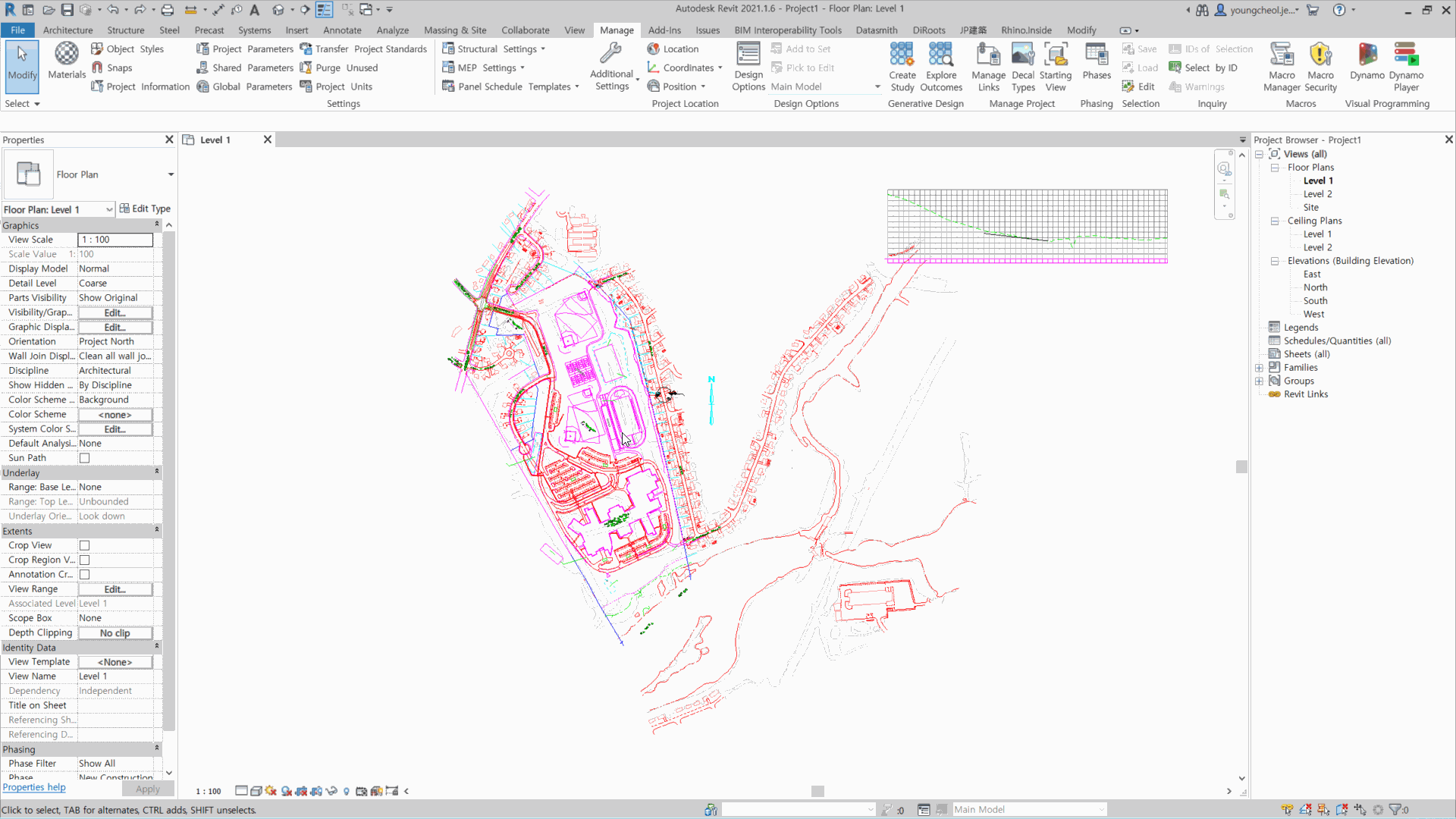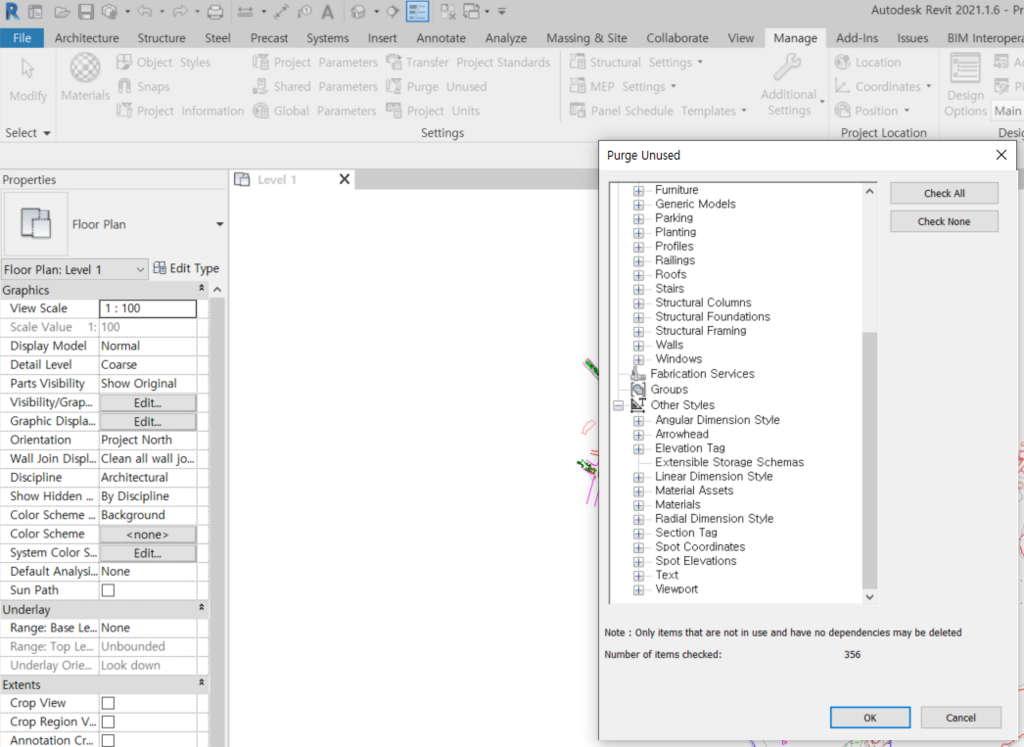Let’s clean up the messy “Line Patterns” of Revit project due to CAD drawings.
This year’s first post is about four months after – Create multiple family types of beam in Revit using Dynamo – (Link) was posted in November last year. This article is also prepared using Revit and Dynamo.
Before we go any futher, I felt that recently in Japan, more and more companies are phasing in BIM in any way related to architectural design and construction phase, and there are some cases where clients (or owners), as well as design and construction companies, are designated as essential.
To return to the subject of this article, you will be able to understand why I am talking about this. When BIM is implemeted first, it is difficult to proceed using only BIM tools from the initial design stage. Eventually, the 2D to BIM method is often used.
Briefly explain ‘2D to BIM’ when using Revit, perform 2D drawings up to a specific stage in the conventional way. After that, import or link the drawings to Revit to perform 3D modeling and updating the necessary information for BIM purposes.
Let’s see the issue when import or link drawings to Revit and solve it.
Here is the software version I used in this article.
- Revit version 2021,
- Dynamo 2.6.1,
- Sample CAD drawing in Autocad.
Check after import or link CAD drawing to Revit project
After import or link CAD drawing to Revit, please check your Revit Line patterns on Manage tab – Seetings – Additional Settings – Line Patterns.
As you see above figure 1 & 2, many line patterns are added and the problems are one is, even unlink or delete CAD drawing, these line patterns still remain, the other thing is if you want to remove it, you can only select a single item in the list and delete it one by one. It is not allowed to multiple select and remove.
Make Dynamo script for additional line patterns and delete it
This time I used only OOTB nodes in the script.
Red box : Dynamo gives users to search element by Category or by Type, in this time I used a way by type adn get all line pattern elements.
Orange box : Filter the elements with a specific keyword in the all line pattern elements I found.
Yellow box : Delete the line pattern elements I found and get the ID of elements I deleted.
Green box : Compare the ID list deleted and the ID list I filtered on Orange box to review whether it has been deleted or failed.
Let’s check the Dynamo script works well.

Some users may be worried that they can use the ‘Purge Unsed’ function, but it is not available for Line patterns as you see the Figure 5.
So far, I think many people have questions in this article about why Line patterns should be cleaned up.
Revit is not just a modeling tool, but also a tool that can produce actual drawings. So there are many things to use line patterns during the drawing dress up process.
If any drafter ignores the BEP or modeling guidelines and brings and uses any line patterns that have apparent patterns, the drawings will be messy. In addition, we have to think about how they would feel if any client received the messy and unorganized Revit file.
It is always necessary to remove unnecessary items, clean them up, and organize the files so that the next worker can work efficiently.
It may be possible to clean up basic things through ‘Purge Unused, but as seen in this article, if there are items that need to be deleted through many repetitions, such as line patterns, I think users can make a Dynamo script and use it well.
For more information and if want to get this Dynamo script, please contact here.


